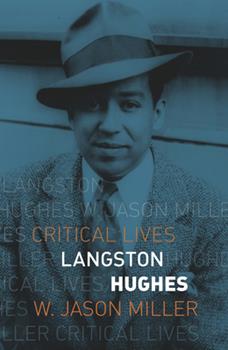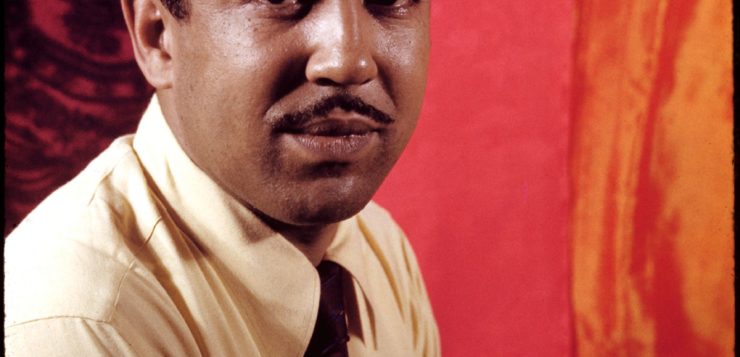 LANGSTON HUGHES
LANGSTON HUGHES
by W. Jason Miller
Reaktion Books. 224 pages, $19.
LANGSTON HUGHES (1902–1967), one of the best-known writers of the Harlem Renais-sance, remains an endlessly fascinating, charismatic figure. He was born into a chaotic but well-educated and politically connected family, sometimes living with his mother or grandmother or family friends. At other times, usually during the summer, he lived with his father, who could abide neither family life nor Jim Crow laws, and had left his family behind to build a life in Mexico. This unsettled life no doubt was part of the reason that Hughes wrote in his second memoir, I Wonder as I Wander (1956): “I often feel very sad inside myself [though]not inclined to show it.” He was elected class poet in elementary school, where his teachers introduced him to such poets as Carl Sandburg, Amy Lowell, and Walt Whitman. But it was after reading the poems of Guy de Maupassant that he decided to become a poet.
W. Jason Miller, a professor of literature at North Carolina State University, has chosen to concentrate on close readings of Hughes’ poetry, noting how far ahead of its time it seemed, and the fact that Hughes frequently requested that a blues musician provide accompaniment when he gave poetry readings. Because this is not a comprehensive biography, it’s not the place to find out about Hughes’ intimate relationships, whether male or female. In fact, Miller wonders why Hughes “was so guarded about his sexuality.” He mentions Hughes’ 1951 poem “Café: 3 a.m.” as one that “addresses homosexuality” sympathetically.
Martha Stone is the literary editor of this magazine.







